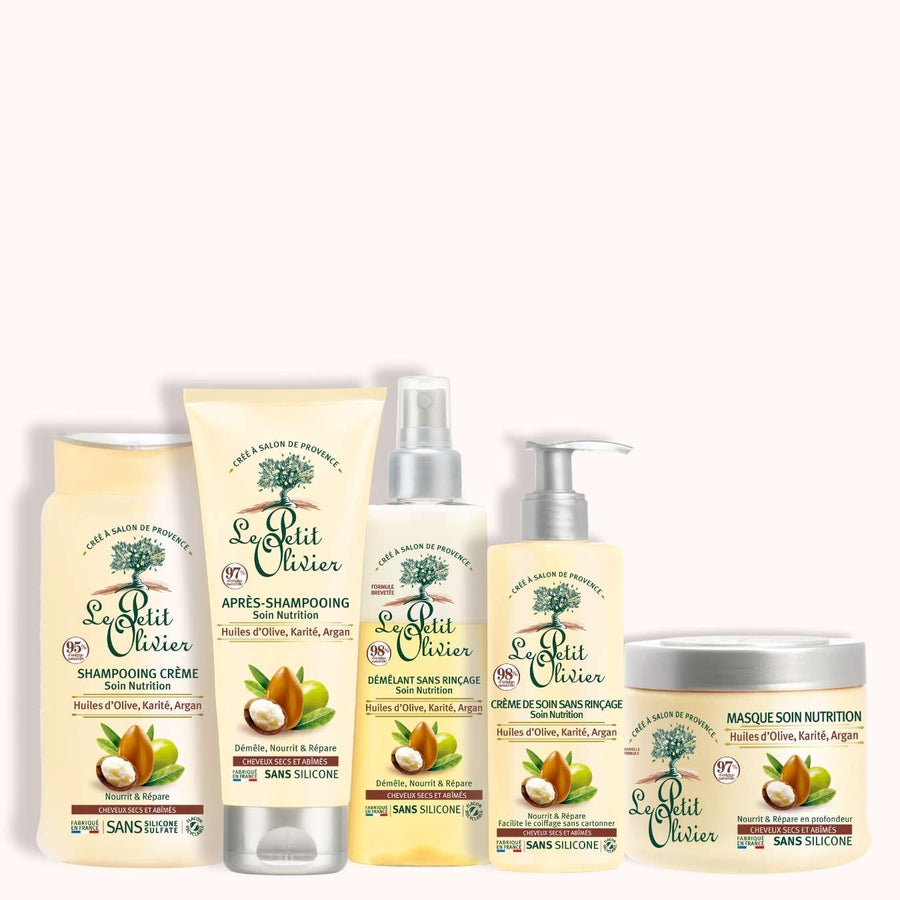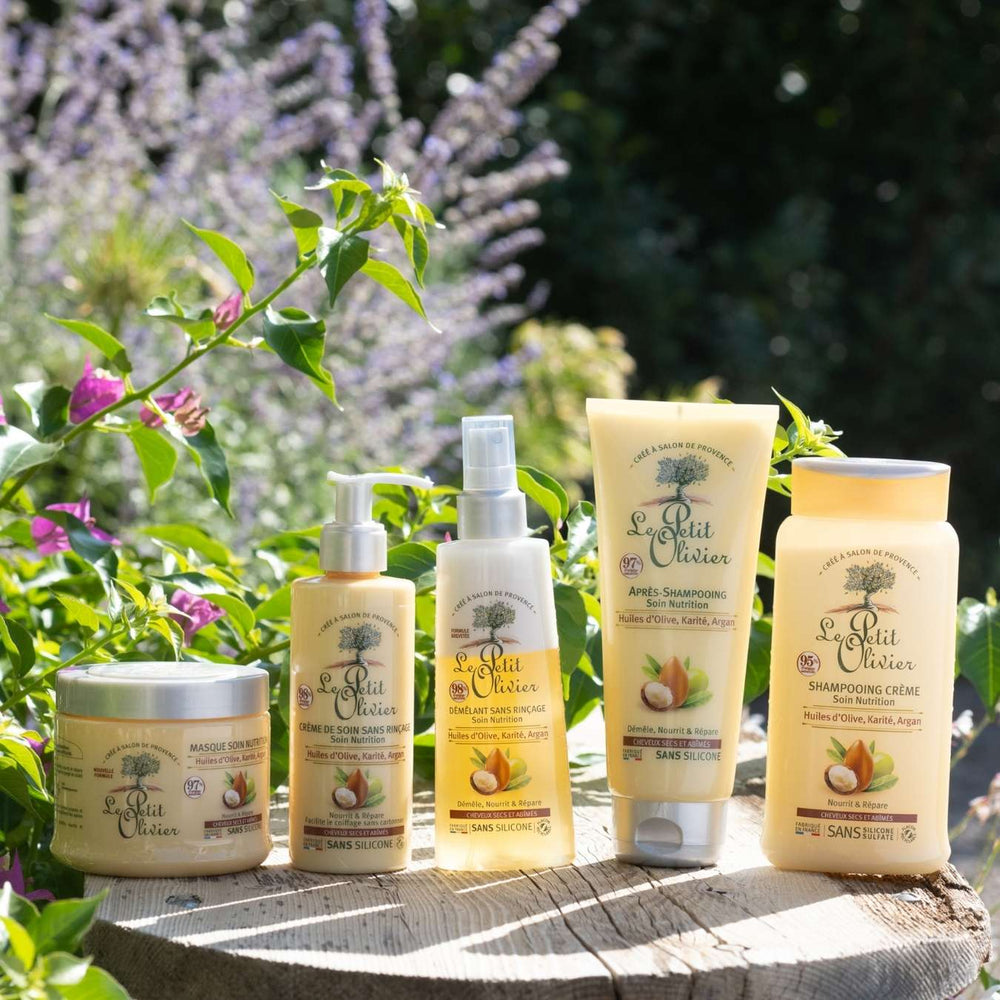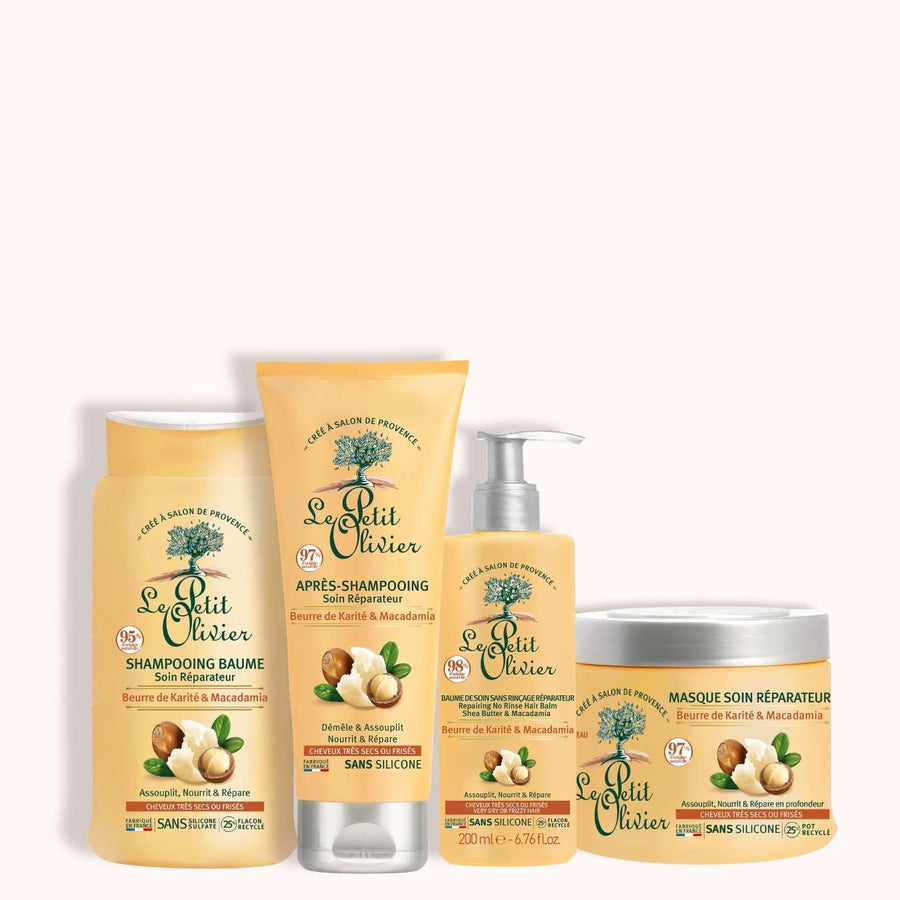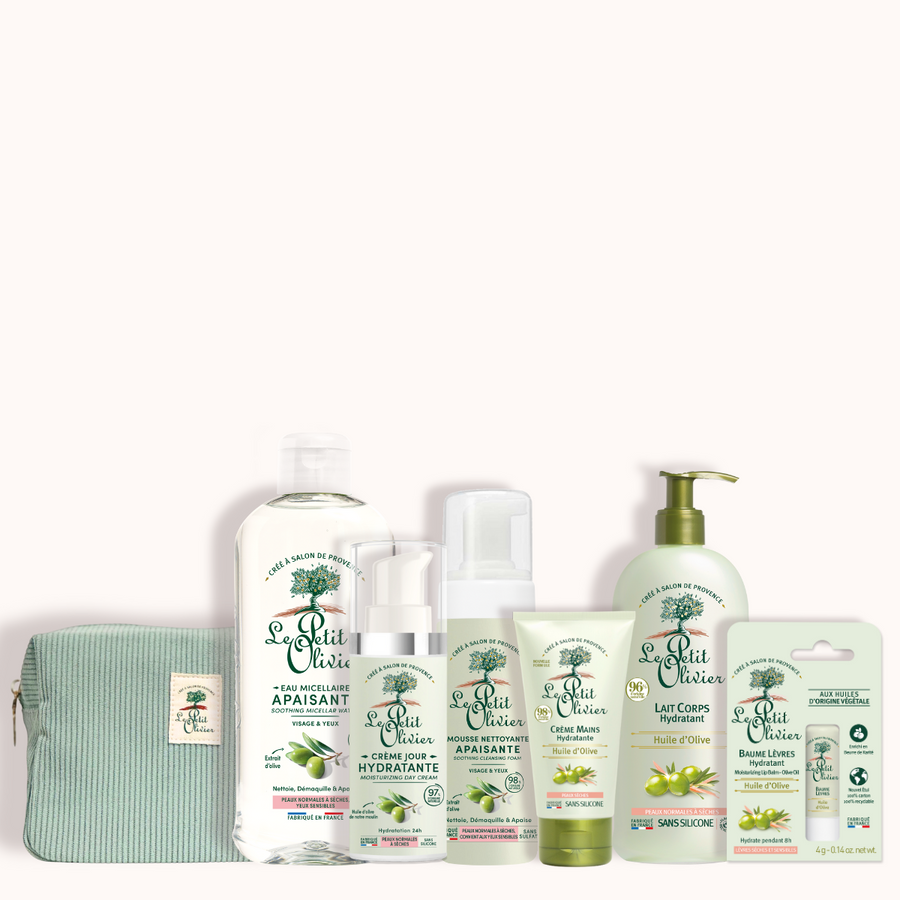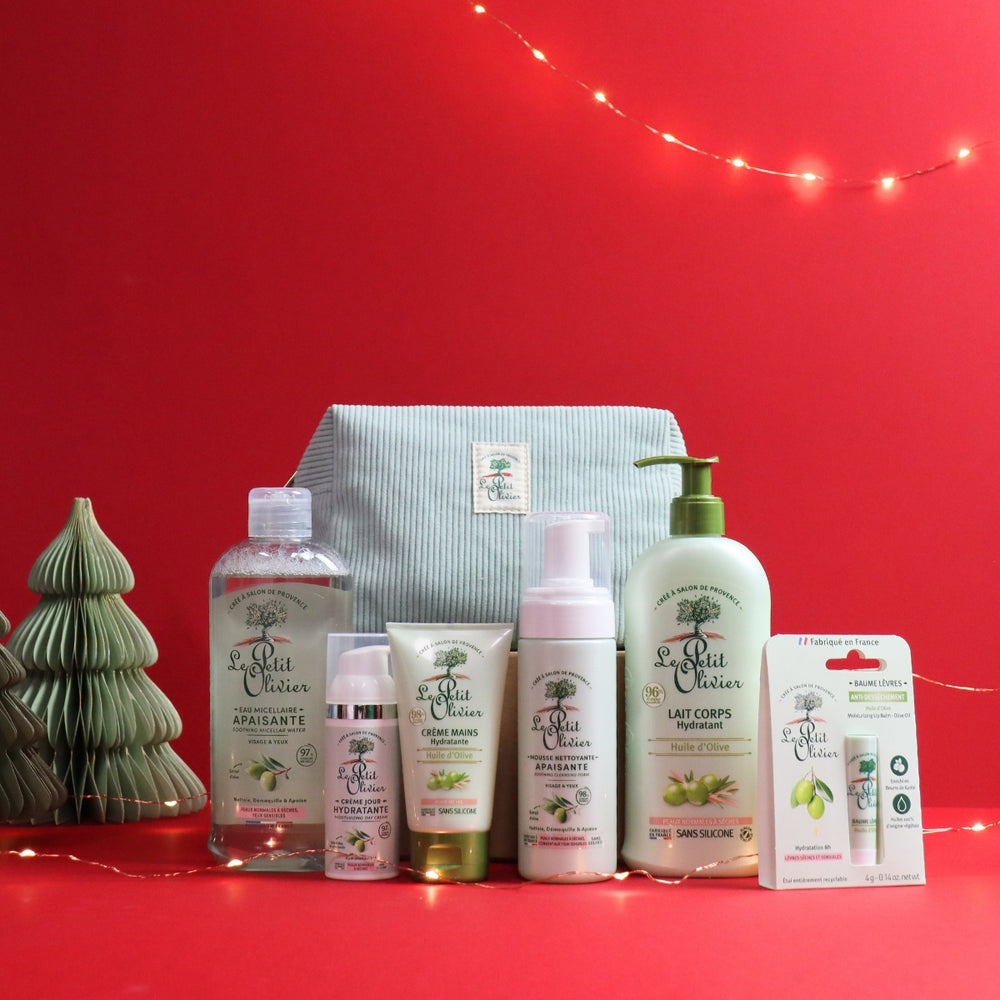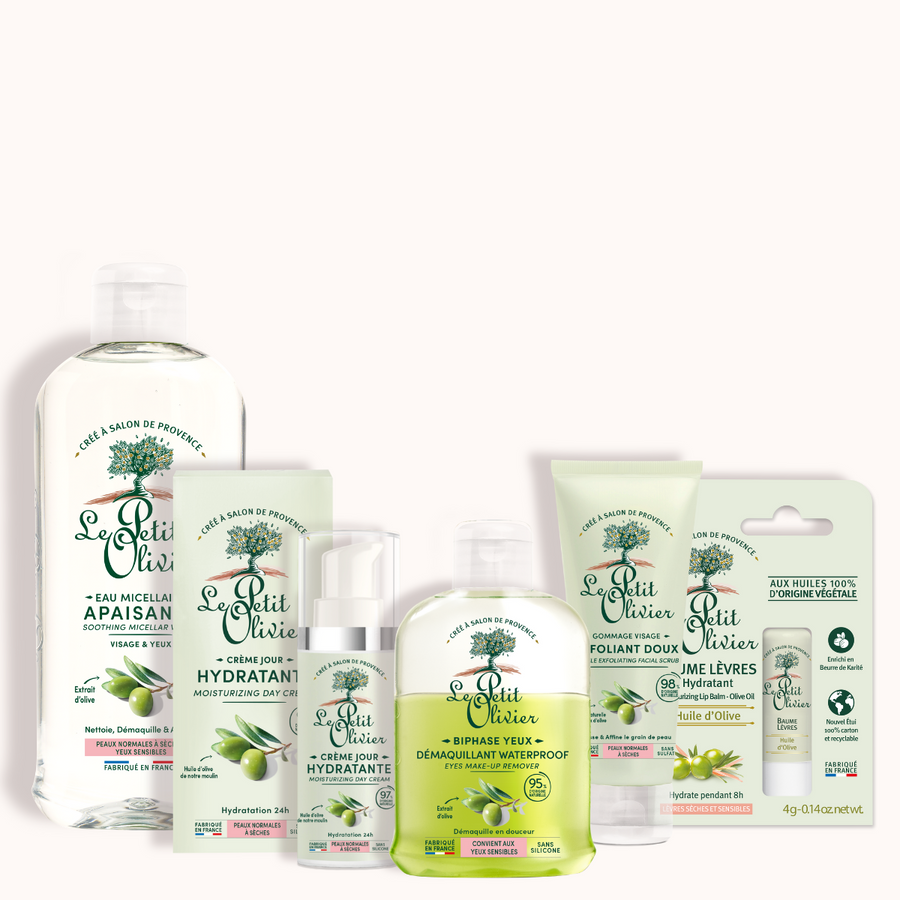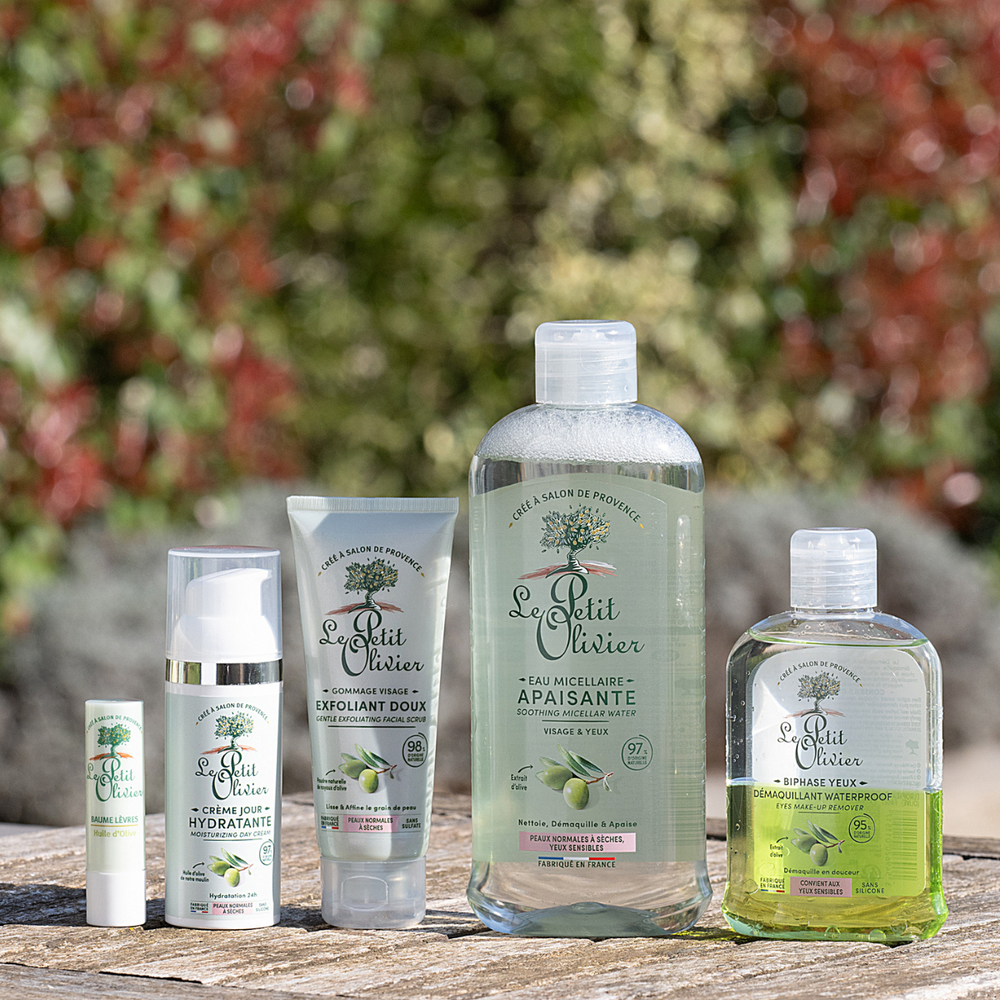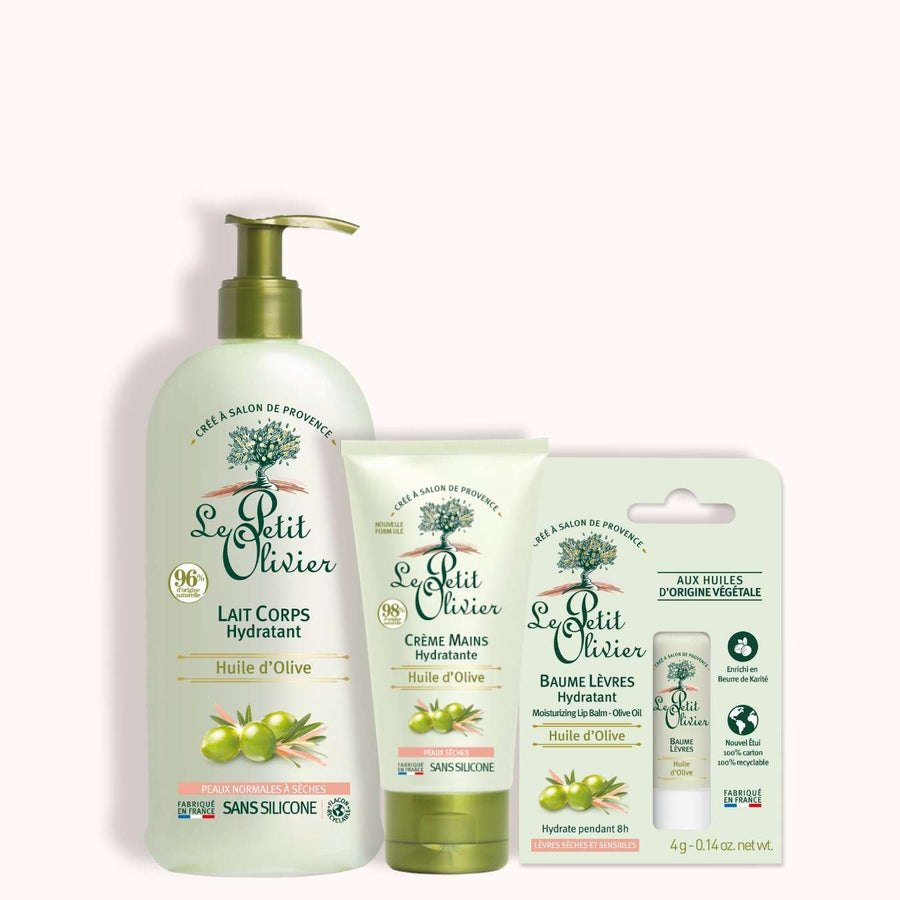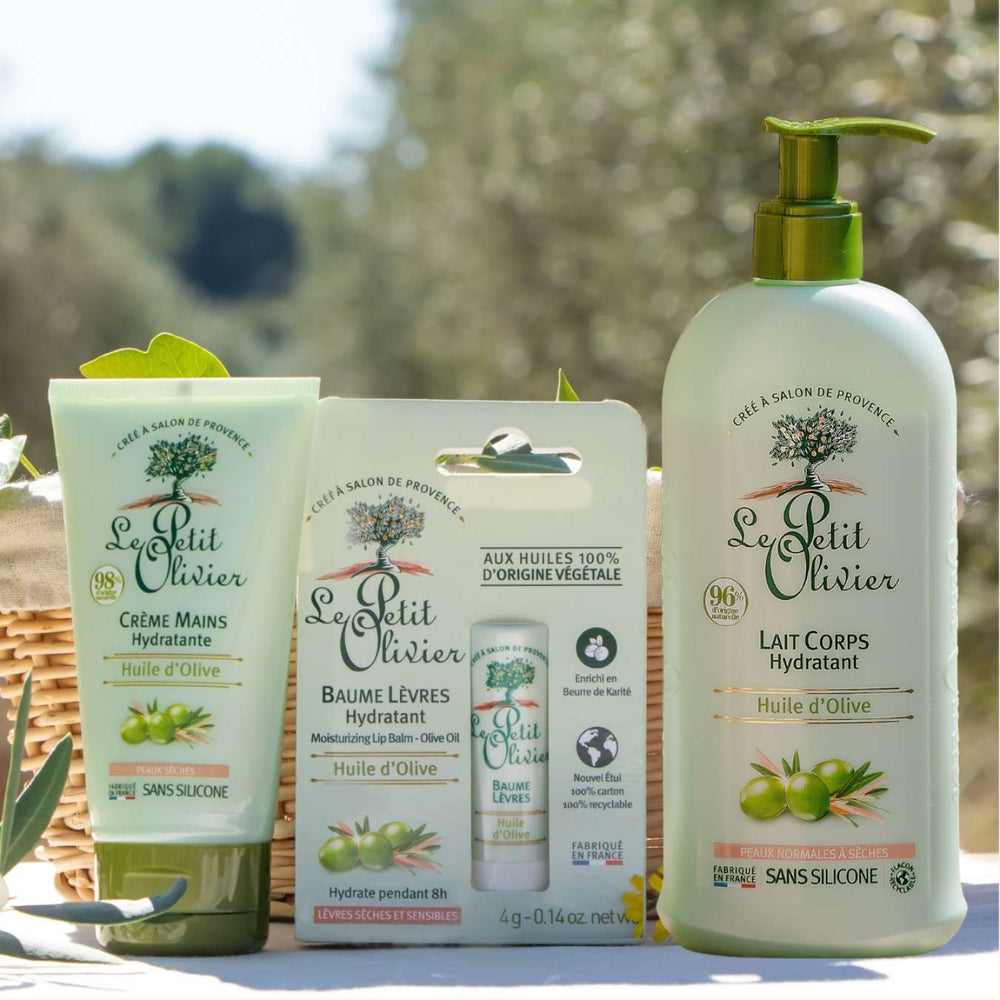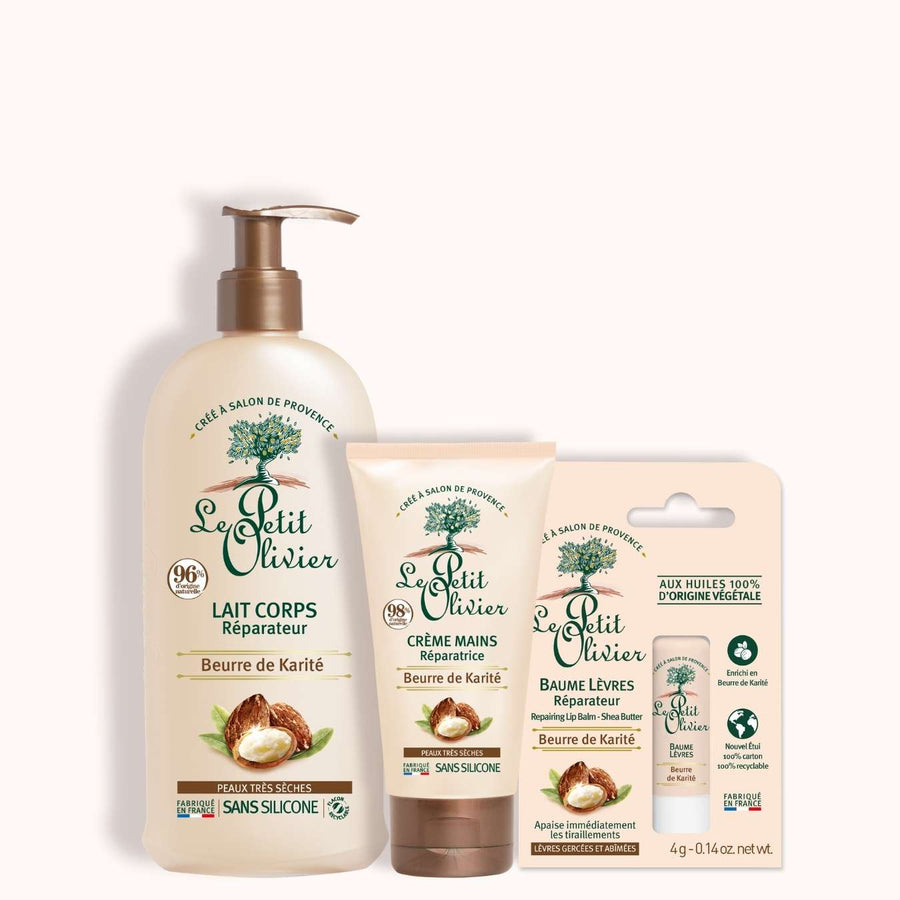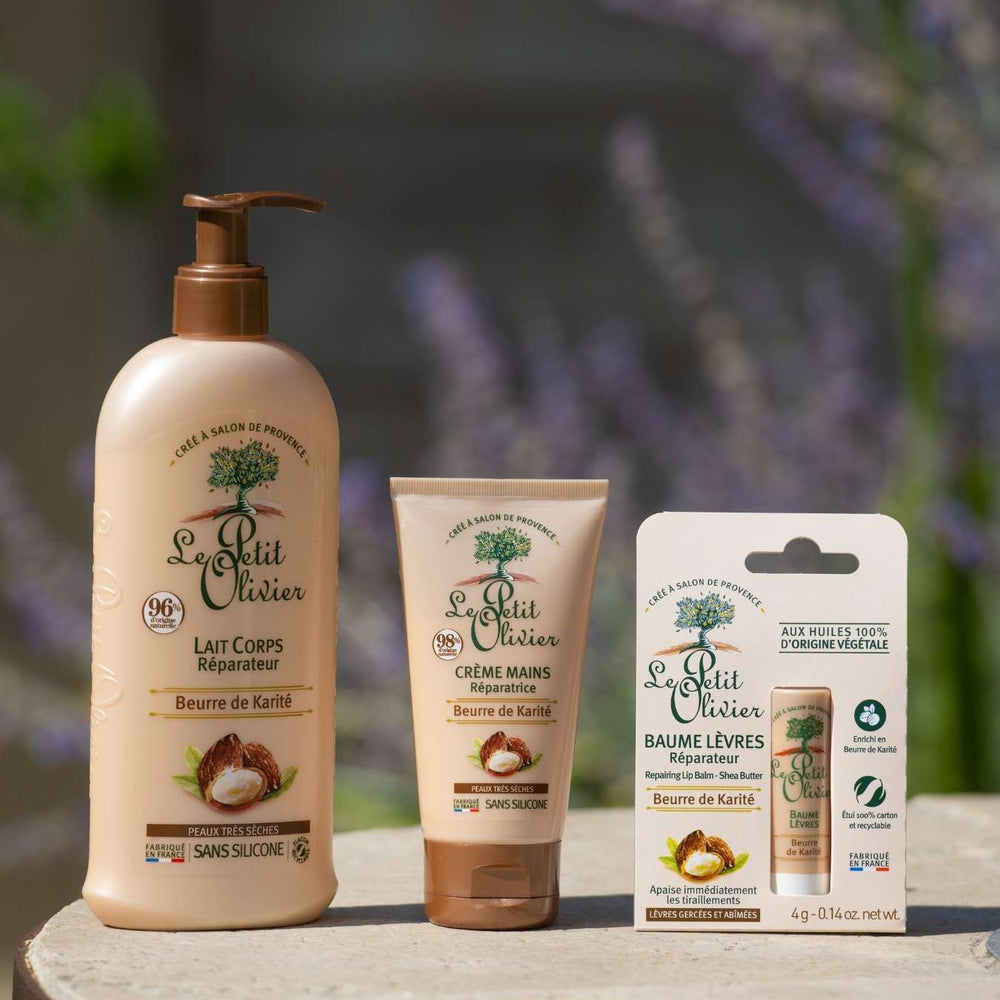Is it safe to use conditioner on children's hair?
Detangling children's hair can often turn into a real ordeal, for parents and little ones alike. Detanglers for children's hair offer an attractive solution, promising to ease this delicate task. However, the question remains: can these products be used safely on young hair? Understanding their composition and how they work is essential to navigating the available options. On this page, we'll explore not only the benefits they provide, such as reducing tangles and preventing hair damage, but also the precautions to take to avoid any adverse reactions. Finally, we'll look at natural alternatives and provide recommendations for choosing the detangler best suited to children's specific needs.
Understanding detanglers for children's hair
How detanglers work on children's hair
How does a conditioner really work on a child's hair? When applied after shampooing, it envelops each strand in a fine protective film thanks to its conditioning agents. This process considerably reduces friction between hair fibers when brushing, minimizing the risk of breakage and facilitating styling.
Regular use of detangler also helps prevent the appearance of stubborn knots that often turn styling sessions into a real ordeal. By making hair more manageable and silky to the touch, this product becomes an essential ally in simplifying the daily hair routine while preserving the natural integrity of children's hair.
The benefits of conditioner for children's hair
Quick and easy styling for children thanks to detangler
Imagine the scene: a morning in a hurry, your child sulks in front of the hairbrush, dreading the moment when stubborn knots resist. That's where detangler comes in, a real ally for parents. By enveloping each strand in a protective layer, it considerably reduces the time spent detangling, transforming a potentially painful styling session into a pleasant, stress-free moment. The application of an appropriate detangling agent not only increases efficiency, but also makes this ritual gentler and more serene.
Precautions to be taken when using conditioner on children's hair
Avoid harsh chemicals in children's conditioners
When choosing a conditioner for your child, it's crucial to pay attention to its composition. Young, still-growing hair is particularly vulnerable to potentially irritating substances. To avoid any undesirable reactions, choose formulas that are gentle and respectful of the hair fiber. Look for detanglers enriched with natural active ingredients, which offer protection without aggressing children's delicate scalps.
It's also wise to be wary of products containing harsh chemicals such as certain sulfates or parabens, often found in conventional cosmetics. Not only can these ingredients irritate the skin, they can also provoke allergic reactions in even the most sensitive skin. By opting for a gentle product adapted to your child's age, you can ensure a pleasant, risk-free hair care experience.
Test the conditioner on a small section of children's hair
To avoid any unpleasant surprises, it's advisable to carry out a preliminary test before applying the conditioner to the whole head of hair. Select a small, inconspicuous strand and apply a small amount of the product. Wait a few hours to observe any reaction, such as redness or irritation.
This simple test is an effective way of ensuring that the product is well tolerated by your child. If there is no reaction, you can proceed with the full application in complete confidence. This precaution not only avoids inconvenience, but also reinforces your peace of mind as regards your child's capillary well-being.
Potential risks of using conditioners on children's hair
Possible allergic reactions to children's conditioners
Although often perceived as a simple solution for taming children's unruly hair, the application of detanglers can sometimes lead to unexpected reactions. Young scalps are particularly sensitive and may react to certain active ingredients in these products. Have you ever noticed redness or irritation after applying a hair care product? This could be the sign of an allergic reaction.
To minimize these risks, it's essential to choose a conditioner that's free of substances likely to cause allergies. Choose products formulated with gentle, natural active ingredients that respect the delicacy of children's scalps. By remaining vigilant and carefully observing any skin reactions, you can ensure serene hair care for your child.
Long-term adverse effects of detanglers on children's hair
If the immediate effects of a detangler are to make hair easier to manage, what about the long-term consequences? Excessive or inappropriate use can alter hair's natural structure. The chemical components present in some products can weaken the hair fiber over time, making hair more brittle and dull.
To preserve the natural beauty and strength of your child's hair, we recommend using conditioner sparingly, as part of a balanced hair routine. Alternate with nourishing treatments adapted to the specific needs of their hair to avoid any harmful cumulative effect. In this way, you not only guarantee easy styling, but also long-lasting protection for their precious mane.
Alternative detangling products for children's hair
Natural options for detangling children's hair
For those looking for gentler alternatives to traditional detanglers, there are several natural solutions that can prove just as effective. Have you ever considered using light vegetable oils such as jojoba oil or coconut oil? Applied in small quantities to the lengths, these oils offer a natural glide that makes combing easier. They gently envelop each hair strand, reducing friction and preventing the formation of tangles.
Another valuable ally is cider vinegar diluted in water. Used as a rinse after shampooing, this mixture can help smooth the hair cuticle, making styling easier. In addition to its detangling power, it adds shine and softness to hair without damaging children's sensitive scalps.
Use of child-friendly combs and brushes
The importance of styling tools should not be underestimated when it comes to young children. Choose a wide-tooth comb, ideal for loosening strands without pulling or breaking fragile hair. The choice of material also plays a crucial role: opt for a wooden or horn comb, which reduces static electricity and respects the hair fiber.
As for brushes, those made from natural bristles such as wild boar are particularly recommended. They gently massage the scalp while evenly distributing the natural oils throughout the hair. This simple but effective gesture not only helps to keep hair in tip-top shape, but also makes each styling session more pleasant and less dreaded by your child.
Recommendations for choosing a detangler suitable for children
Children's detangler selection criteria
Choosing the right conditioner for your child can sometimes seem like a quest for the Holy Grail. You're probably wondering: what are the key elements to consider? Above all, choose formulas that feature natural active ingredients, respecting the delicacy of children's hair. These active ingredients guarantee not only optimal efficacy, but also incomparable softness.
You should also check the texture of the product. A detangler that's too thick could weigh down fine hair, while a lightweight formula will ensure easy application with no greasy residue. Fragrance also plays a crucial role; opt for a subtle, pleasant scent that will transform the moment of styling into a veritable sensory ritual.
Don't forget to consult the opinions of other parents or seek professional advice to get concrete feedback on the efficacy and tolerance of the product you're considering. By taking these criteria into account, you'll be able to make an informed choice that meets the specific needs of your child's hair.
Consult a children's hair specialist
Professional advice can be invaluable when it comes to selecting the best hair care for your child. Why not consider a visit to a hairdresser specializing in children's hair care? He or she will be able to assess the condition of your child's hair and recommend products that are adapted to each child's particular hair needs.
A personalized diagnosis not only identifies specific needs, but also establishes a customized hair routine. A specialist will be able to advise on the ideal frequency of detangling and offer practical tips to optimize its effectiveness on a daily basis.
By incorporating these recommendations into your approach, you'll not only ensure your child's hair is easier to style, but also a pleasant hair experience tailored to his or her unique sensibilities.
We recommend these other pages:
